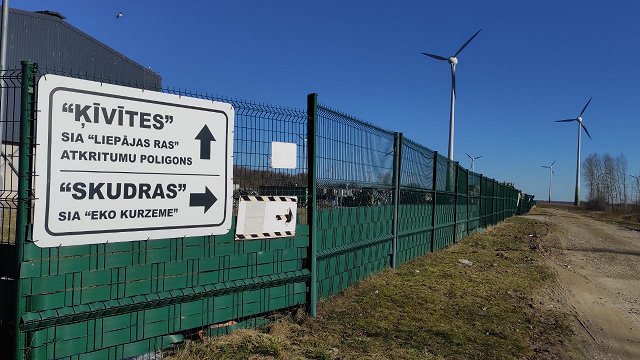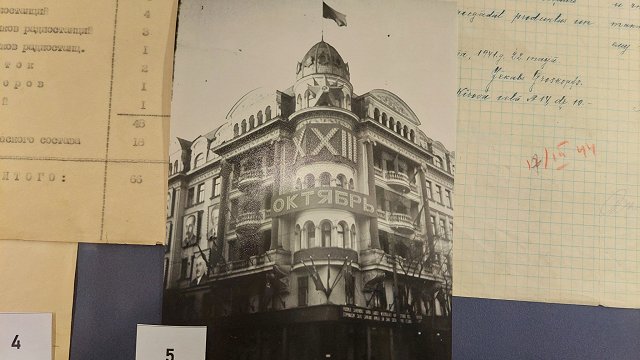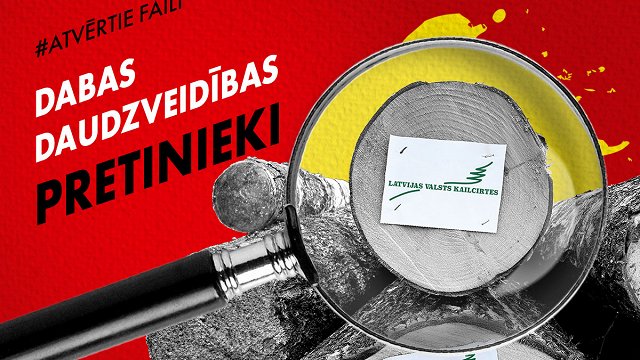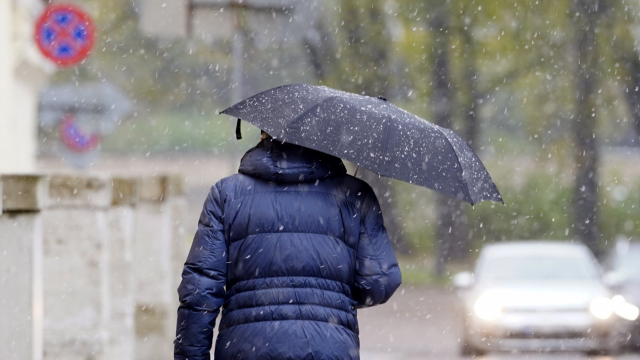In the Scandinavian cemetery in the Grobiņa archaeological ensemble, archaeologists mapped the location and dimensions of about 50 burial mounds. Also during the research, archaeologists recorded a hitherto unknown pit stone, as well as handed over the antiquities found by local residents to the museum.
In the context of the study of Latvian prehistory, Grobiņa is an important place, where a mound with a large settlement and several cemeteries testify to diverse developments, starting from the late Neolithic to the end of the Iron Age. Although extensive research has been carried out over the last 100 years, not all objects of the Grobiņa archaeological ensemble have been identified.
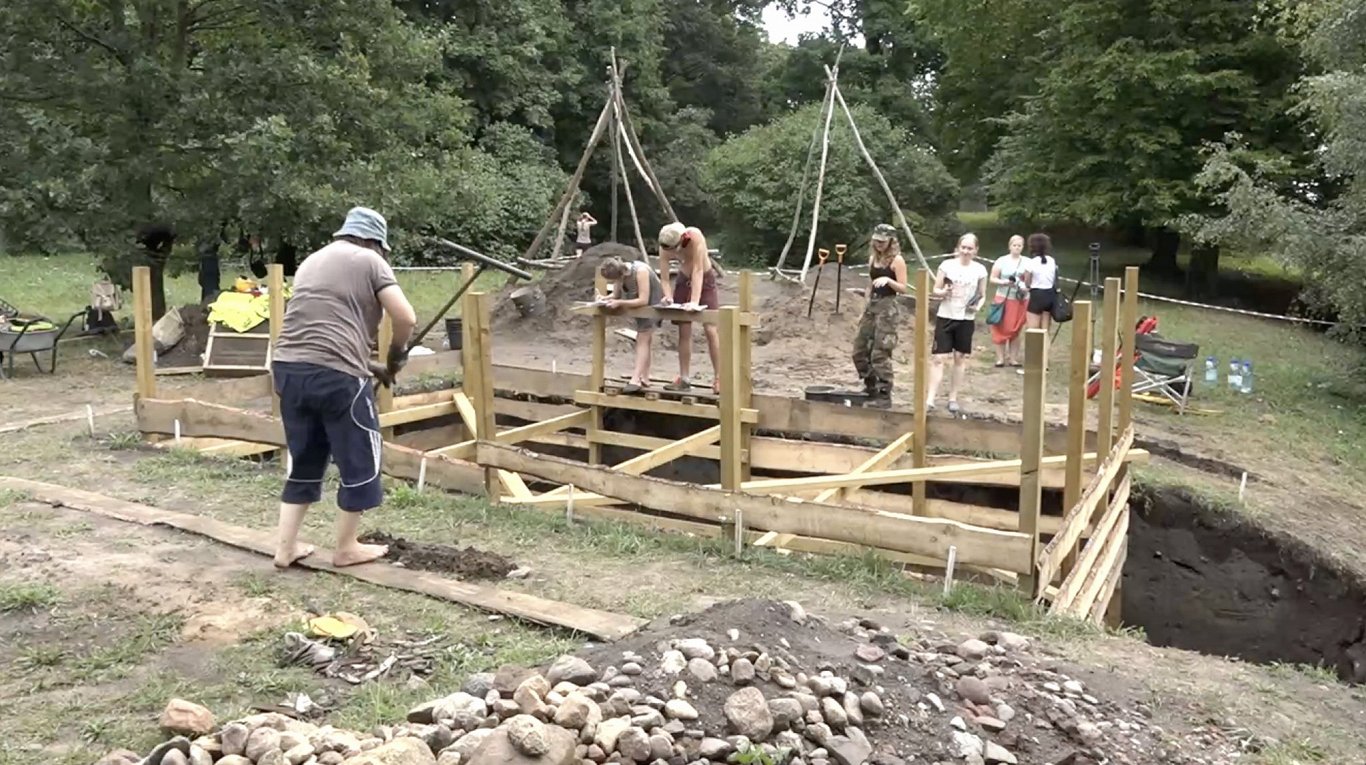
In the Porani cemetery, the study of individual burials was carried out in the 1930s, but the exact area of the ancient graves has not been determined until now.
Elīna Guščikas, a lecturer at the Faculty of History and Philosophy of the University of Latvia, said: "We don't have such long-term Scandinavian settlements in Latvia, and especially such early ones – from the 7th, 8th and 9th centuries. Now we are trying to identify these mounds, survey them, and then prepare a plan of this burial ground. It must be said, it's quite a difficult task, considering that there is a lot of damage from later times here."
Before starting the fieldwork, the material of archives and museums was examined, identifying the various possible ancient sites of Grobiņa and its surroundings. Based on the research results, historical researcher Uģis Urtāns compiled a survey route. "The local residents had found various items and upon checking, it turned out that these places were not gravestones, but there were antiquities," he said.
Students were trained in surveying and excavating the known archaeological monuments and possible ancient sites of Grobiņa, to assist the experienced archaeologists.
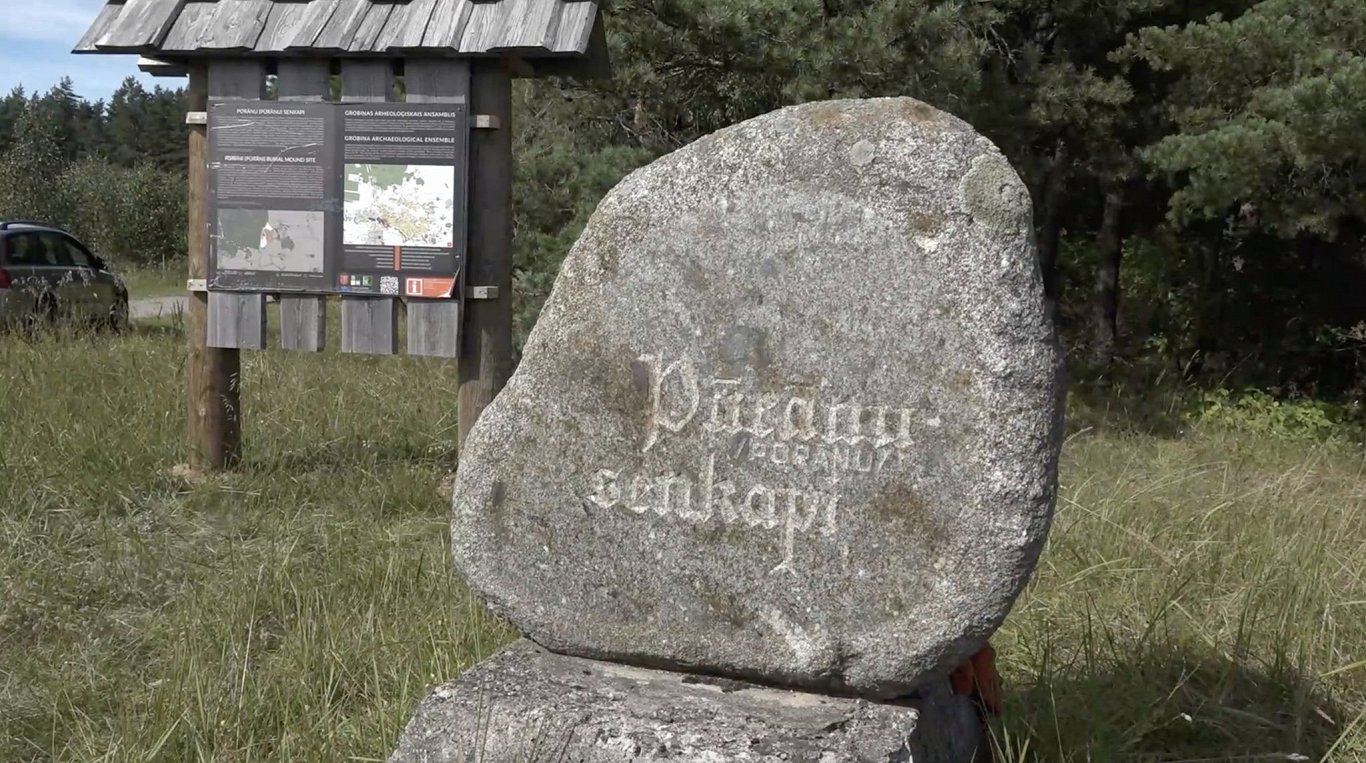
Kaspars Markus Molls, a student of the master's study program in history of the University of Latvia, said: "So far, the most interesting thing was yesterday when we examined one pit stone with holes. It is not really clear whether they are naturally formed or man-made, but they are connected by ancient human activity, and such stones are distributed throughout Europe, in fact, it was four meters by two, and about one meter in height."
The archaeological ensemble of Grobiņa is on the Latvian national list of UNESCO World Heritage. The aim of the long-term study of the ancient graves of Porani is to research ideas about the population of Grobiņa and its surroundings in prehistory and to clarify the significance of the place in the wider context of developments in Northern Europe.



